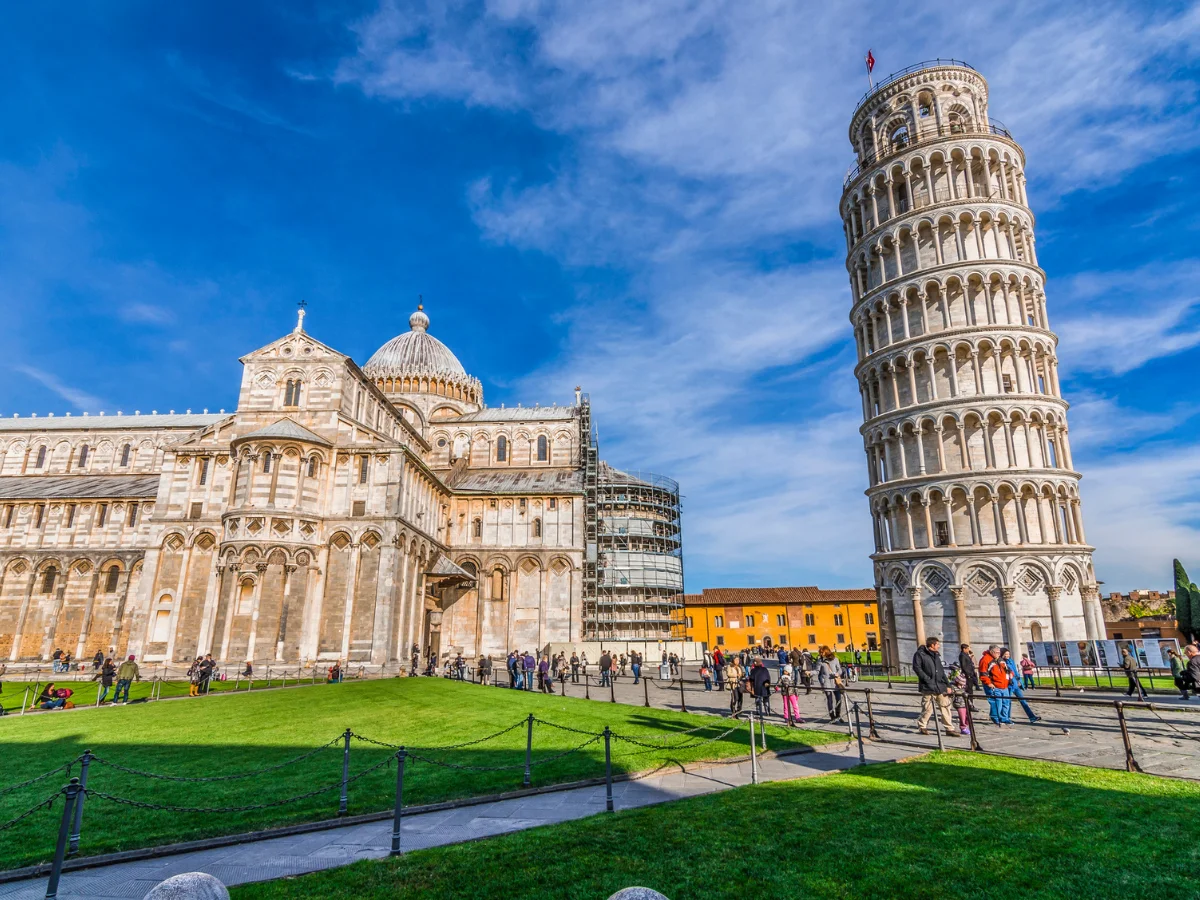Exploring more emperors from Rome's history
Exploring more emperors from Rome’s history provides a fascinating glimpse into the diverse leadership styles and legacies that shaped the ancient empire. For example Titus finished building the Colosseum, showing Rome’s strength. Domitian ruled harshly and persecuted Christians, leaving a debated legacy. Elagabalus scandalized Rome with his lifestyle and religious changes. Trajan’s conquests expanded the empire to its peak. Galba’s short rule ended in his murder during the Year of the Four Emperors. Each emperor’s time in power reveals Rome’s complexities, shaping its path and future.

Exploring more emperors from Rome's history
Titus
Titus, emperor from 79 to 81 AD, is remembered for his leadership during the eruption of Mount Vesuvius. He completed the construction of the Colosseum, a symbol of Roman power and entertainment.
Domitian
Domitian, brother of Titus, ruled from 81 to 96 AD. His reign was marked by authoritarianism and paranoia. Domitian persecuted Christians and imposed heavy taxes, leading to resentment among the people.
Elagabalus
Elagabalus, emperor from 218 to 222 AD, was known for his eccentric behavior and scandalous lifestyle. He introduced the worship of the Syrian sun god, Elagabal, into Rome, angering traditionalists. Later he was assassinated.
Trajan
Trajan, ruling from 98 to 117 AD, expanded the Roman Empire to its greatest territorial extent. His conquests in Dacia and Mesopotamia brought immense wealth and prestige to Rome. Moreover Trajan is also remembered for his extensive public works projects.
Galba
Galba briefly ruled as emperor from 68 to 69 AD during the Year of the Four Emperors. Instability and revolt defined his rule, leading to his assassination after only seven months in power.
Claudius
Claudius, emperor from 41 to 54 AD, is often underestimated due to physical disabilities. However, he proved to be an effective ruler, expanding the empire into Britain and initiating important public works projects.
Hadrian
Hadrian, emperor from 117 to 138 AD, focused on consolidating Roman power and promoting cultural unity. He built Hadrian’s Wall in Britain. Furthermore he founded the city of Hadrianopolis (modern-day Edirne, Turkey). Hadrian’s Villa in Tivoli is a testament to his love for art and architecture.
Conclusion
These rulers of Rome made their mark on history, guiding its path and inspiring the future. Their legacies, spanning military victories and cultural contributions, captivate and motivate. Each faced distinct challenges, shaping Rome’s story with their choices. Examining their reigns reveals the intricacies of ancient governance, power, and society.



